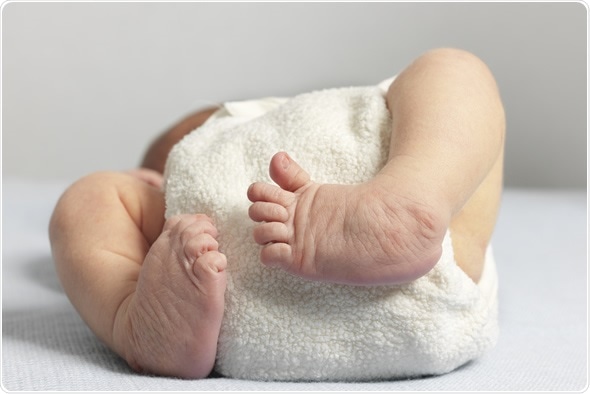For All The Latest Medical News, Health News, Research News, COVID-19 News, Dengue News, Glaucoma News, Diabetes News, Herb News, Phytochemical News, Cardiology News, Epigenetic News, Cancer News, Doctor News, Hospital News
A congenital birth defect, also known as a congenital anomaly, is a condition that is present at birth due to structural deformities in the development of a fetus. Common examples of congenital birth defects include congenital heart disease, neural tube defects and Down syndrome.
Some form of abnormality or birth defect is evident in approximately 3% of infants born in the United States. It is estimated that 276,000 newborns worldwide do not survive beyond 4 weeks of age due to congenital anomalies. Congenital heart disease and neural tube defects are among the most common birth defects that account for mortality rates.

Congenital birth defects can result from a variety of factors, which may be genetic or environmental. As such, it is often difficult to establish the exact cause of the defect.
Genetic factors include gene mutations or abnormalities that lead to the presentation of a defect at birth. These mutations may be inherited from the parents of the infant or occur spontaneously through errors of morphogenesis, infection, chromosomal abnormality and epigenetic modifications.
Environmental factors include any factors beyond the genetic makeup of an individual that may cause congenital birth defects – these may include deficiencies in the pre-natal or post-natal environment. The diet of both the father and the mother is a critical factor, particularly the vitamin intake and levels of glucose at ovulation and conception. A teratogen is a substance that has the potential to cause birth defects, such as cigarette smoke or alcohol, and may be an environmental cause of birth defects.
Some congenital birth defects can be identified before the birth of the infant by way of prenatal screening during pregnancy. Screening can be conducted during:
Congenital anomalies can lead to chronic disability and have a significant impact on the quality of life of affected individuals and their families. In many cases, structural anomalies can be corrected with pediatric surgery. Other conditions, such as thalassemia, sickle cell disease and congenital hypothyroidism can be managed with timely treatments. Understandably, the exact management plan will depend on the individual case and specific characteristics.
As we are aware of some of the causes of congenital birth defects, it is possible to employ actions to prevent their occurrence. For example, preventative techniques that may help to reduce the incidence of congenital birth defects include: